In its first two generations, the Toyota Harrier was closely related to the Lexus RX, with the former being sold exclusively in Japan because Toyota had yet to launch the Lexus brand in its home market – this didn’t happen until 2005. Meanwhile, the RX was for everyone else outside of Japan and it found particular success in the United States, forming a lasting legacy that is proudly flaunted ever since.
Even though the Harrier wasn’t officially sold outside of Japan at the time, it still proved to be popular judging by the number of grey imports that made their way to overseas markets, including Malaysia. This was despite the Harrier still remaining in its second generation when the third-generation RX had already become a standalone model in 2008, which was bigger in size than before due to changing tastes: US consumers wanted bigger and bigger things.
Eventually, a standalone Harrier did come to exist in 2013 with the third-generation XU60, but due to the model separation, it had its own platform and was more suitably sized for Japan’s cramped roads. Toyota didn’t forget how much its foreign customers loved to buy the previous two iterations of its luxury SUV through unofficial channels, so the XU60 also had the honour of being first Harrier to be officially sold outside of Japan, with the SUV making its way here in 2017 – Singapore got it too.
That’s rather late in the model’s life cycle, and a few short years after the third-generation model was launched here, the Harrier entered its fourth generation in 2020. Unlike the one that came before it, we only needed to wait a year to welcome the XU80 Harrier instead of nearly four years.
At first glance, it’s clear that Toyota opted for a revolutionary approach when it came to designing the latest Harrier rather than an evolutionary one. It looks so dissimilar to the one before it, which is in line with the company’s current affinity for bold designs – compared the current RAV4 and Camry to their predecessors. The skin isn’t the only thing new, as nearly everything from the surface right down to the bones of the latest Harrier is new. Does it impress? Well, we spent a couple of days with one and here’s our thoughts.
Attractive styling that draws stares
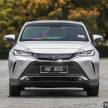
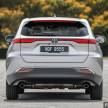
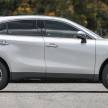
Compared to its predecessor, the new Harrier has a more striking appearance and attracted more than a few stares from onlookers during our time with it. Call it a case of pareidolia, but when looking at the SUV head on, we got the sense that the designers took the whole bird of prey thing very seriously. Fun fact: the Harrier is actually named after the eastern marsh harrier (also called the chuuhi) that is native to Japan.
Stare at the Harrier’s front long enough and you’ll notice that the sleek headlamps with their flowing daytime running light signature resemble piercing eyes, while the slightly protruding upper grille, directed bonnet lines and downturned trapezoidal lower intake form an almost “beak-like” front fascia.
To our eyes, this is a more elegant and attractive face when compared to the third-generation model, but it was a bit disappointing that the chuuhi-inspired logo (it always reminded me of the GDI from C&C) got replaced with the regular old Toyota one – hopefully we’re not alone on this.
Along the sides, the redesign introduces a pronounced character line that gradually rises from the front wheel arches to the top of the slim, wraparound taillights. This, along with the pronounced creases on the rear fenders, lower roof (-30 mm) and more gently raked rear window, creates a rather dynamic side profile, which adds to the visual flair.
So far so good, but it is the rear where the Harrier looks its most distinctive with its full-width taillights, while the notched tailgate injects a bit of boldness into what would have been an otherwise featureless rump. Compare the silhouettes of the current car to the one before it and it’s likely most will be drawn to the more athletic appearance of the former.
Given the slimness of the taillights, the turn signals are placed just above the dual exhausts, which sort of ruins the look a bit, as do the exhaust sleeves and resonator that stick out from under the bumper. The 18-inch wheels two-tone alloys are decent enough, although the 19-inch set that is offered on higher-end variants in Japan would have provided greater presence.
No fault with the Steel Blonde Metallic finish though, as it looks rather regal if you prefer not to play it safe with Precious Black, White Pearl Crystal Shine and Slate Grey Metallic, but don’t want to be flashy with the Dark Blue Metallic option.
Unique CVT, lackluster engine
The looks aren’t the only thing that’s been overhauled here. Gone is the 8AR-FTS 2.0 litre turbocharged four-cylinder petrol engine, with a 2.0 litre Dynamic Force powerplant taking its place instead.
The M20A-FKS serves up 173 PS at 6,600 rpm and 203 Nm of torque from 4,400 to 4,900 rpm. These figures are less than the retired model’s 231 PS and 350 Nm, with both arriving sooner in the rev range – 5,200 for the former and 1,650 for the latter.
Drive continues to go to the front wheels but there’s now Toyota’s Direct Shift-CVT in place of the previous six-speed automatic. Compared to a regular CVT, the Toyota transmission features a launch gear to increase the efficiency of the belt-driven system.
The benefit is when setting off from a rest, there’s a “first gear” that provides direct gear drive for a more immediate feel that most CVTs lack. As the speed builds, the system switches over to belt drive and goes about being a regular CVT with 10 virtual speeds.
This setup is the same one used for the Lexus UX, which is a smaller and lighter car compared to the Harrier. The size and weight difference compared to the UX (and even the previous-generation Harrier), along with the power deficit next to the turbo mill, do result in some noticeable effects.
Firstly, the 0-100 km/h time is now 9.7 seconds instead of around the seven-second mark, so rapid overtakes isn’t something that will be done often. Forcing the issue by flooring the throttle, the much-maligned rubber banding becomes apparent as the revs climb quickly but not so much when it comes to the speedometer’s digits. The engine also gets rather loud when pushed, which isn’t very “luxurious,” at least for us.
The best way to approach this is with a slow and progressive right foot, which is how a car like this should be driven anyway. Driven like a cruiser rather than an athletic SUV (don’t let the looks fool you), the Direct Shift-CVT does exactly what it says on the box, providing a reactive set-off, while the transition to belt drive is seamless, followed by buttery smoothness thereafter. Still, more power would have been good, like, say, the 2.5 litre Dynamic Force offered in the United States.
Comfortable and composed on the move
While the powertrain is capable but not astonishing, the Harrier’s road manners deserve high praise. Here’s another thing that’s new about the SUV: the latest XU80 model is built on the GA-K variant of the Toyota New Global Architecture (TNGA) platform, which is also used by models like the Camry, the RAV4 and the Lexus ES.
Still utilising MacPherson struts at the front with double wishbones for the rear, the new architecture is more rigid than the previous car’s MC platform. The latter warrants a reworking of the dampers, with the net result being a very compliant ride.
There’s a tinge of firmness here but it is well cushioned, with most bumps being ironed out, save for the literal craters. Even then, shocks aren’t transmitted straight into the cabin and are still nullified to a degree. Secondary ride is excellent, while primary ride is accompanied by a typical Toyota “bouncy” feel – albeit milder thanks to a lower centre of gravity – as the suspension regains composure.
Going around the Klang Valley where potholes and funky road surfaces are part of daily life, the Harrier kept things civilised during outings, even when we attempted to upset it by deliberately driving over road imperfections. Of course, given the heft, spirited driving is a silly notion, so, like the powertrain, treat it sensibly.
Further compounding the pleasant driving experience is the additional sound insulation placed throughout the vehicle’s body, which does create a relatively serene living space. However, this is marred by the side mirror on the driver’s side, which generated noticeable wind noise when travelling at speeds of 70 km/h and higher. We suspect this could be a defect specific to the test car loaned to us, but we’re just putting it out there.
The RM249,707 asking price (OTR without insurance) also nets you a suite of safety and driver assist systems. This includes adaptive cruise control, which is certainly a nifty and premium feature that even prominent nameplates lack. In operation, the system does well to maintain a set distance from the car in front, with adjustments being done in a controlled manner rather than forcefully.
However, during one particular incident, the system did create cause for concern when another car suddenly decides to cut into your lane really, really closely. Of course, such incidents are pretty extreme (i.e. inconsiderate drivers barging in being the bigger problem) for such systems to deal with, as in almost every other normal scenario, the Harrier’s ACC reacted properly.
The lane departure alert and centring functions are also subtle in the way they guide you back into your lane, first with visual reminders on the head-up display and instrument display before the steering gently vibrates and tugs you back on course.
The list goes on, as there’s also a rear cross-traffic alert system that works together with standard AEB system, whereby the driver gets alerting arrows shown on the reverse camera display along with with sound cues before the AEB kicks in – this trigged twice when we were reversing out of a parking spot.
The blind spot monitor was a little strange though, as it only provides visual alerts on the side mirrors and doesn’t beep when indicating to turn with a car detected in the sensor zone. We dived into the menus to find a way to enable audio alerts, but just couldn’t find a way to do so.
Minor niggle aside, make no mistake, the new Harrier’s safety arsenal is comprehensive and overshadows its predecessor, even going so far that it exceeds what you get with base models from “proper” premium brands.
Good living inside and a strong feature set, but could be improved
For our market, we get the Harrier in a sole Luxury variant, which certainly lives up to the name, although not too much that it enters Lexus territory, because boundaries. A plush-looking interior greets passengers at the front, with faux leather trim layered above the dashboard mid-point, contrasted by not-as-nice-to-touch plastic further down.
The diamond-shaped centre console inspired by a horse’s saddle looks pretty fetching too, but the party piece is the electrochromic panoramic roof that can turn from opaque to clear with just a touch of a button. In “clear” mode, it still looks a bit milky, so stargazing from inside isn’t that great.
Other welcomed features are ventilated and heated seats, although you should always do a double take to ensure your butt is cooled rather than being set alight – pranksters will enjoy this. This is because the indicator light has a very similar colour for both modes, with only a slight brightness difference to tell them apart. Perhaps blue and red indicator lights would have made it easier to know what’s engaged at a glance.
On that mention, the seats are comfortable and supportive, with power adjustability and a memory function. Visibility is good from the commanding seating position, although the shape of the front “beak” can make judging the front bit of a challenge. Not to worry though, as there are front and rear parking sensors that’ll beep when either end gets too close to something. A surround-view monitor would have been even better and it being absent here is a bit jarring, seeing how the Vios and Yaris have such a system.


We also found the additional mirrors attached underneath the left side mirror, which serve to make spotting the side of the SUV easier, to be a little distracting on the move, plus their size do look a bit odd. Again, a surround-view monitor would have been nice.
Before we get to the rear living space, it should be noted that there’s no keyless entry sensor for rear doors, which is something that other premium models have. Once inside though, the 30 mm increase in wheelbase pays dividends when it comes legroom.
Those seated in this area also have their own air vents and two USB power points to play with, which we expect no less of. The sloped roof wasn’t an issue for this writer’s 170 cm height, but I expect those around 180 cm or taller to have their hair touched by the headliner.
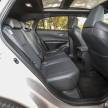

Going even further back to the boot, there’s 396 litres of space available, which is okay but not class-leading. This is a by-product of the rear window angle, which also limits the size of the item that can be loaded – anything beyond the tonneau cover level is a no-go unless the rear seats are folded down to enable 1,560 litres of space.
A powered tailgate with hands-free operation is convenient, but the high boot lip caused by the cavity needed to accommodate a full-size spare tyre and small stowage compartment does make loading heavier items a little less so. The Corolla Cross and RAV4 are more practical in this regard.
The fancy panoramic roof isn’t the only piece of tech present inside, as you’ll also get a digital rear-view mirror if large heads block the traditional mirror, although the new perspective from just under the wide third brake light does take some getting used to. A power-adjustable steering wheel is another nice premium touch, and the Harrier logo embossed on the door cards and projected by the puddle lamps are a neat ode to the model’s history.
In terms of displays, you get a seven-inch unit in the instrument cluster that is highly legible but not very configurable aside from varying colour accents relating to selected drive mode. Things like the trip computer, viewing the currently active safety features and editing certain vehicle functions are accessed using the on-wheel buttons. For everything else, you’ll have to find the right button nestled among quite a few blanks, or even dive into the infotainment system.

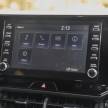
Speaking of, it is an eight-inch touchscreen with physical buttons and surrounded by a thick and unsightly bezel. Sadly, we don’t get the larger 12.3-inch that is offered in Japan, but at least we get a proper Toyota OEM unit instead of a localised version.
Fairly intuitive to use, the system comes with Android Auto and Apple CarPlay support, which is always a good thing. The downside is both require a physical wire connection, so you’ll have to deal with a cable sprouting out from the small cubby near the awkwardly-positioned engine start button.
That’s not a very luxurious approach, as wireless connectivity would have been a nicer way of doing things. This would also pair nicely with the wireless charger in that space, but I guess it’s just not something that Toyota offers here for now – even Lexus models here don’t have wireless AA/AC support.
Continuing on with less than premium, the included front and rear dash cams are shared with the Vios and look out of place in a premium-priced car. You do get window tint as standard though, so there’s no need to look for a third-party solution – it’s pretty much buy and drive.
Verdict: A strong case for not wanting to pay Lexus money
The Harrier gets many things right and ticks a lot of premium boxes in the process. The radical redesign creates a strong presence, as it looks unlike most cars on the road today. Along with a very comfortable driving experience and a rather comprehensive kit list, it makes for a pretty enticing luxury SUV.
There are some shortcomings though, like the powertrain that could do with more oomph, while certain features could have been executed better. Even so, it is a good proposition that won’t leave you feeling completely short changed just because you prefer not to pay Lexus money – the entry-level and smaller UX costs close to RM275k for the Luxury variant with comparable features.
If we widen the playing field to include “true” premium brands, the Mercedes-Benz GLC and BMW X3 can be considered the Harrier’s rivals. On paper, the German SUVs have turbo engines and brand prestige as their advantage, but the Harrier claws back with its significantly lower price tag that still gets you more equipment than the base variants from Munich and Stuttgart.
The word “harrier” may point towards a bird of prey, but its alternate definition is a person who engages in persistent attacks on others or incursions into their land. In this case, the Harrier breaches further into the premium and luxurious realm that its pricier (and now distant) sibling has created for itself. Now, if only they put a proper badge on it, the bird one.
The post REVIEW: 2021 Toyota Harrier in Malaysia – RM249k appeared first on Paul Tan's Automotive News.

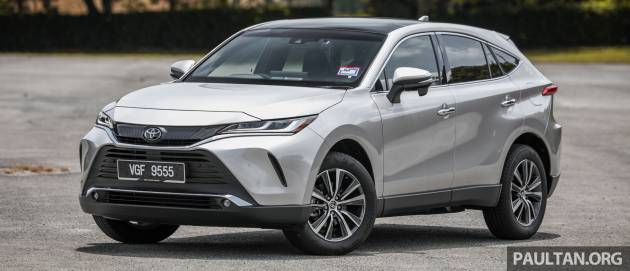
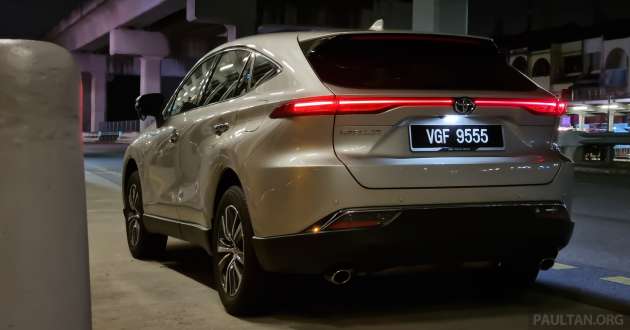
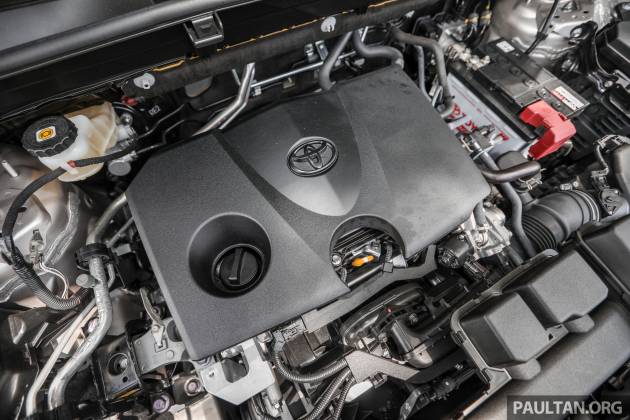
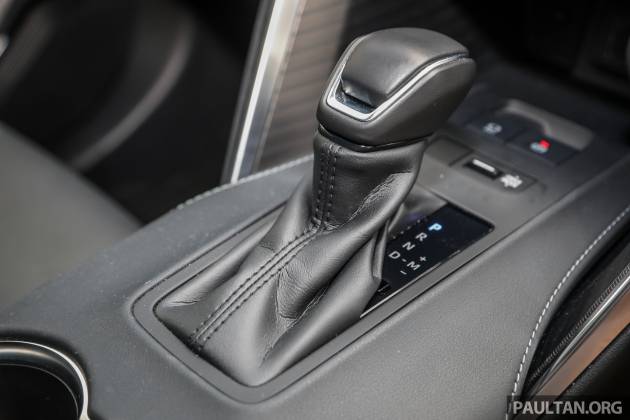
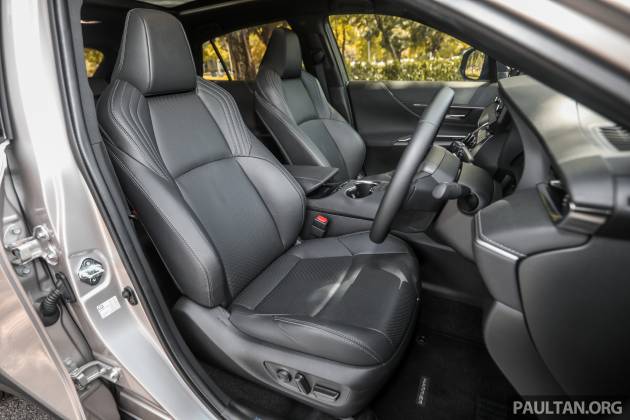
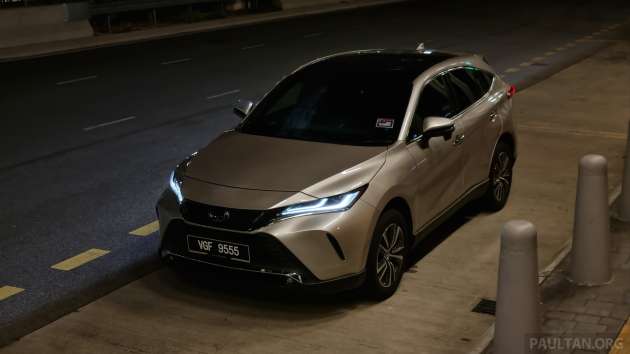

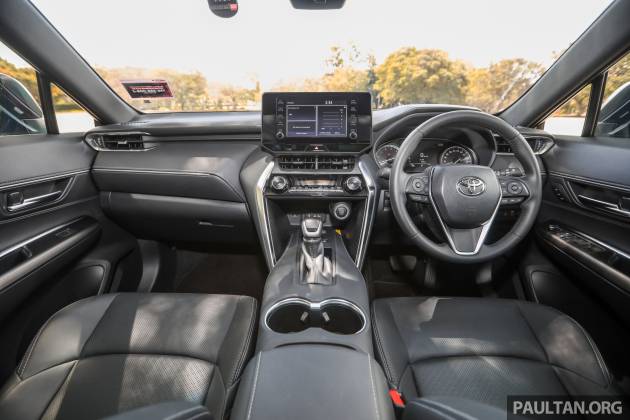
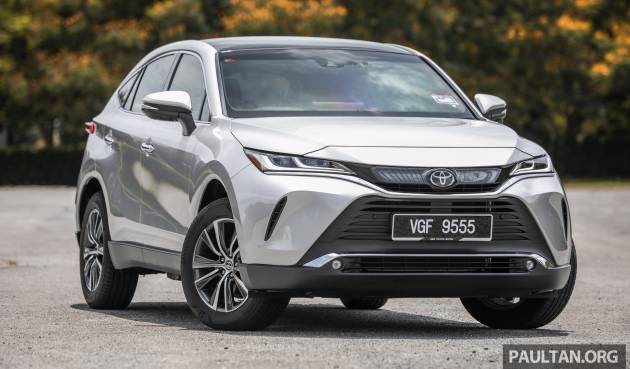


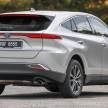

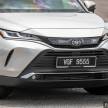
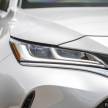
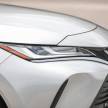
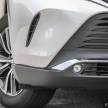



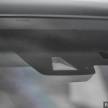
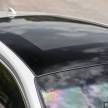
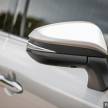
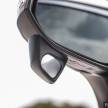
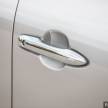

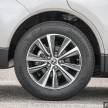

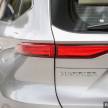
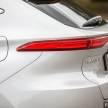
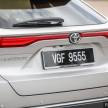

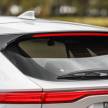
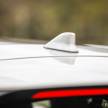


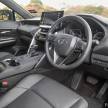
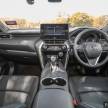
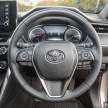

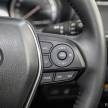
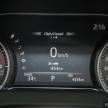
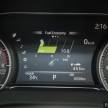

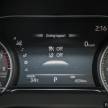

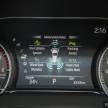
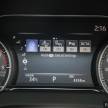
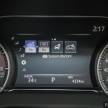

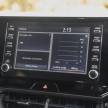

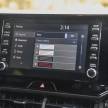


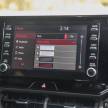
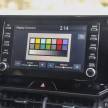
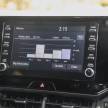
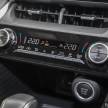
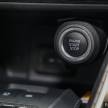
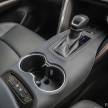
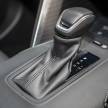
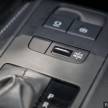
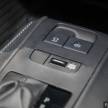
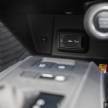

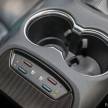
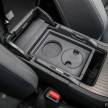

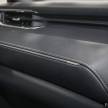
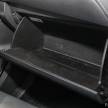
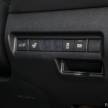
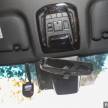



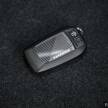
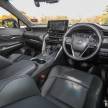


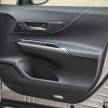
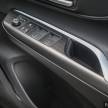


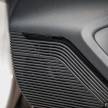

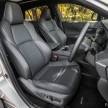

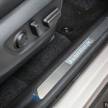

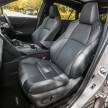
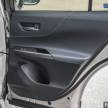


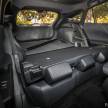

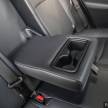
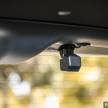

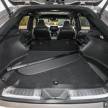





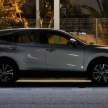
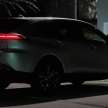
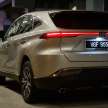

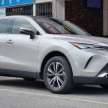





0 Comments